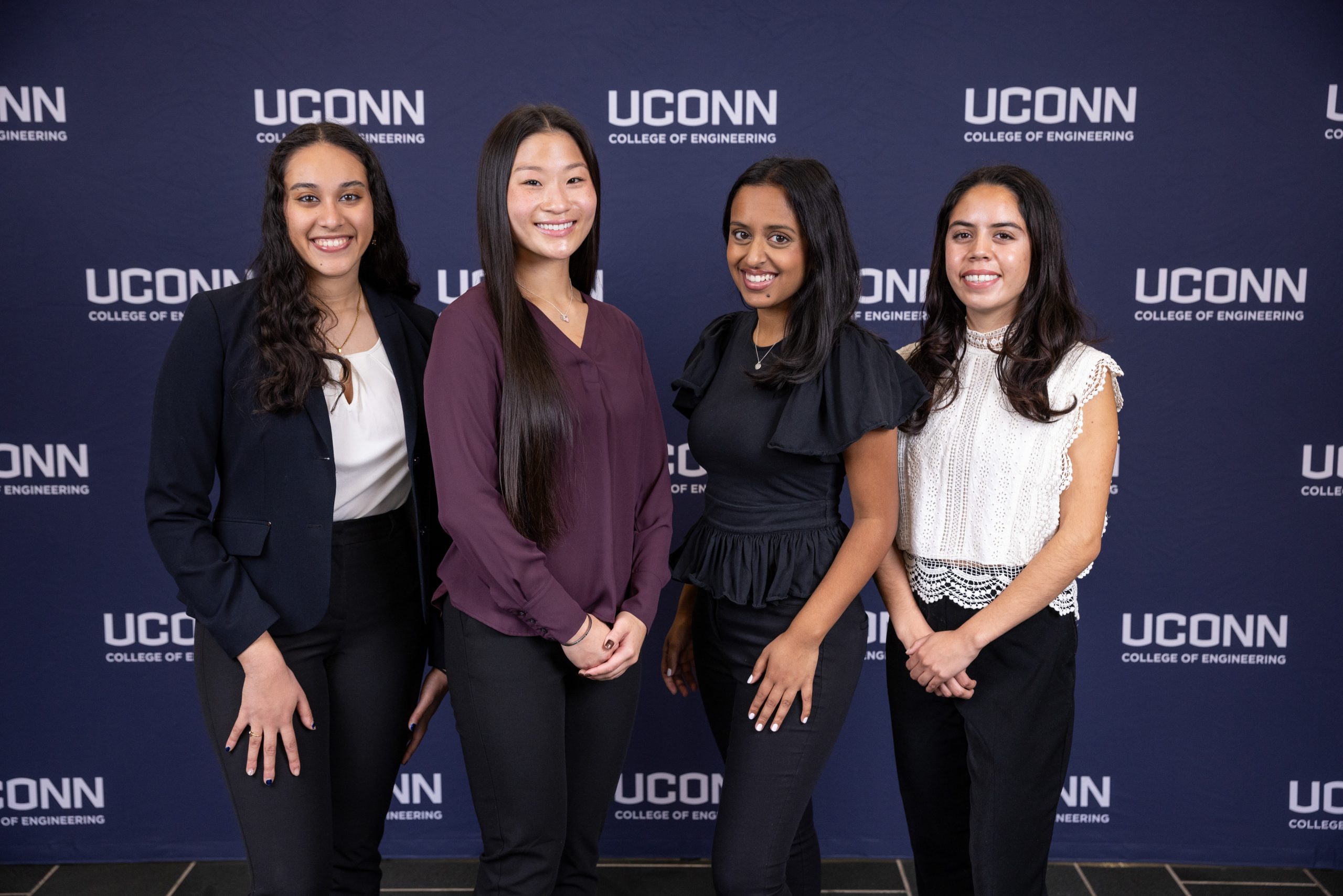
Team 3
Team Members |
Faculty Advisor |
Shreya Nagri |
Fayekah Assanah Sponsor UConn Biomedical Engineering Department |
sponsored by
Sponsor Image Not Available
A Laser-Based Testing Configuration for a Brain-Mimicking Hydrogel to Simulate Traumatic Brain Injury
The purpose of this design project is to configure a laser testing chamber that will mimic traumatic brain injury (TBI) in vitro in a gelatin-alginate hydrogel model. The laser shock compression will serve as the force typically incurred during traumatic brain injury, whilst the hydrogel will model the brain’s behavior following the impact. Upon fabricating the hydrogel, a holder must be devised to properly contain the component and enable laser beam entry to approximate the effects of the shock propagation. To measure the laser collision applied and its subsequent results, a metal foil must be placed between the hydrogel and laser on either side for suitable ablation to occur and generate a Photonic Doppler Velocimetry (PDV) signal. The resulting PDV data will provide the necessary parameters to establish our laser-hydrogel system for in vitro TBI modeling. Creating an alternative, more accessible method to simulate TBI will allow researchers to better understand the brain’s response to such impairment.
